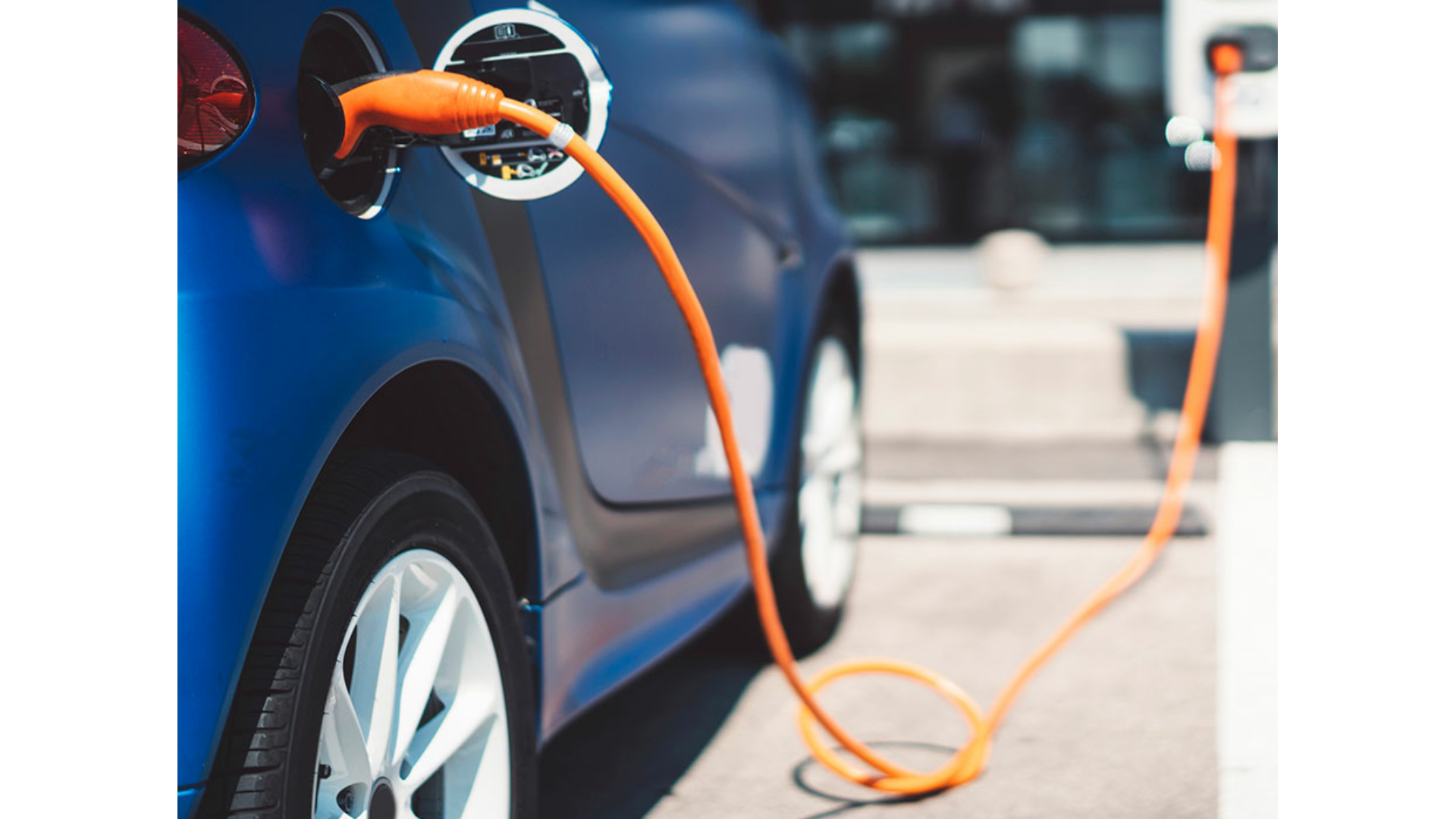
02nd December 2019 | By Ray Tyler
Electric Vehicle
The Electric Vehicle – Are they about to take over?
Maintenance and repair
The service of an electric vehicle will change the concept of what a garage can do. A large proportion of the work needed to service a vehicle will no longer apply. Firstly, there will be no oil or filter changes or no engine, gearbox, or clutches on an electric vehicle. Secondly, electric vehicles have no fuel lines, fuel pumps, fuel injection systems.
It could be looking bleak for the future of the garage industry because there is very little routine maintenance. They will have lights, wheels, tyres and of course the engine management and the diagnostics that this entails. Electric vehicles will also have steering, suspension and brakes.
New transmission systems will emerge – Vehicles will be powered even more by a computer and the repairs to engine management systems will be more complex. This new computer technology will probably have re-generative braking. The vehicle’s moving energy is turned into electricity to charge the battery. The motor or motors will become dynamos both braking the vehicle and re-charging the battery at the same time. It has already been mooted that each wheel will have its own controlled electric motor. This will eliminate altogether the need for transmission shafts.
With electric vehicles things should be easier, electric motors are more easily controlled than internal combustion engines. No fuel injection systems, or air control valves and so on – but there will need to be sophisticated software to monitor and regulate power to the electric motor(s), with inevitable regular software updates – which may not be provided free of charge.
Where does that leave the small independent garage like us?
We have already experienced the situation of a faulty sensor that not only needed replacing but required a software upgrade that can only be carried out by the main dealer.
On that occasion the main dealer involved eventually carried out the software upgrade ‘Free of Charge’ because it was established that this sensor fault was a recognised fault. But it took a lot of convincing to our customer and the main dealer that this was what had to be done.
The main dealers will love the fact that the independents are unable to fully repair their vehicles. The current unfair trading rules that we have will insist that the independent garages needs will be catered for. This will probably entail us having to pay for website access so that any software updates can be carried out.
To read the full report on Electric Vehicles go to:- www.motester.co.uk
Does an EV require MOTing?
So, you’ve made the choice to switch to an electric vehicle, you can now enjoy the benefits of not paying for road tax but unfortunately you can’t escape the MOT contrary to popular belief.
EVs have to pass an MOT after they are three years old as with any other vehicle. The main difference between EVs and petrol or diesel vehicles is that an EVs MOT test, has no emissions test.
MOTing an Electric Vehicle
Step 1: Firstly the chassis number and registration number will be checked and logged onto the official MOT test website. Secondly, a check of the windscreen for damage which includes chips and cracks will be carried out. Whilst the tester is in that vicinity he would carry out a visual check on the condition of the wiper blades.
Step 2: Next the seat belts operation (both front and rear) will be checked. These checks will also include looking for signs of any damage including fraying.
Step 3: A check that all the lights and that the horn is working correctly. Any dashboard warning lights that may be present will also be noted down at this stage.
Step 4: Windscreen wiper operation and their ability to clear the screen by using the washers will be tested.
Step 5: The vehicle is raised into the air and the steering and suspension will then be checked to ensure that it is all in good working order. This part of the MOT includes spinning each wheel freely. The tester then checks the condition of the tyres and the correct bearing operation.
Step 6: Checks are now carried out for signs of any corrosion. The corrosion is not permitted within 30cm of any key structural points. Structural points include suspension or seat belt mounting/anchorage points. MOT testers are not permitted to remove anything from a vehicle to help check for rust. Any parts of the body that is hidden by underbody panelling will stay put.
Step 7: The vehicle’s braking system will be checked. This includes handbrake and signs of brake fluid leakage around the master cylinder, from callipers or rear wheel cylinders.
Step 8: Finally, the brakes will be tested in the brake rollers to check their efficiency, this also includes the handbrake operation.
When Winter approaches, Why not think about having a pre winter check?
What needs to be checked?
- Oil level
- Coolant level and Antifreeze strength
- Screen wash level
- Wipers
- Lights
- Battery
- Tyre Pressures
Book your car in to us 01634 851451 to ensure that your vehicle is indeed ready. Auto Experts will have your vehicle on a ramp and carry out a ‘winter service’ which will include all 15 checks including the following:-
- Suspension checks
- Steering checks
- Wheel bearing checks
- Oil leak checks
- Tyre condition checks
- Exhaust checks
- Visual check of brakes (without wheels removed)
- Checking the general vehicle condition
Book in today, 01634 851451 this will only cost £40 plus any parts or fluid top ups used and will give you peace of mind for the cold months ahead. Click this Full Service tab for more information on what we offer.
Back to news articles